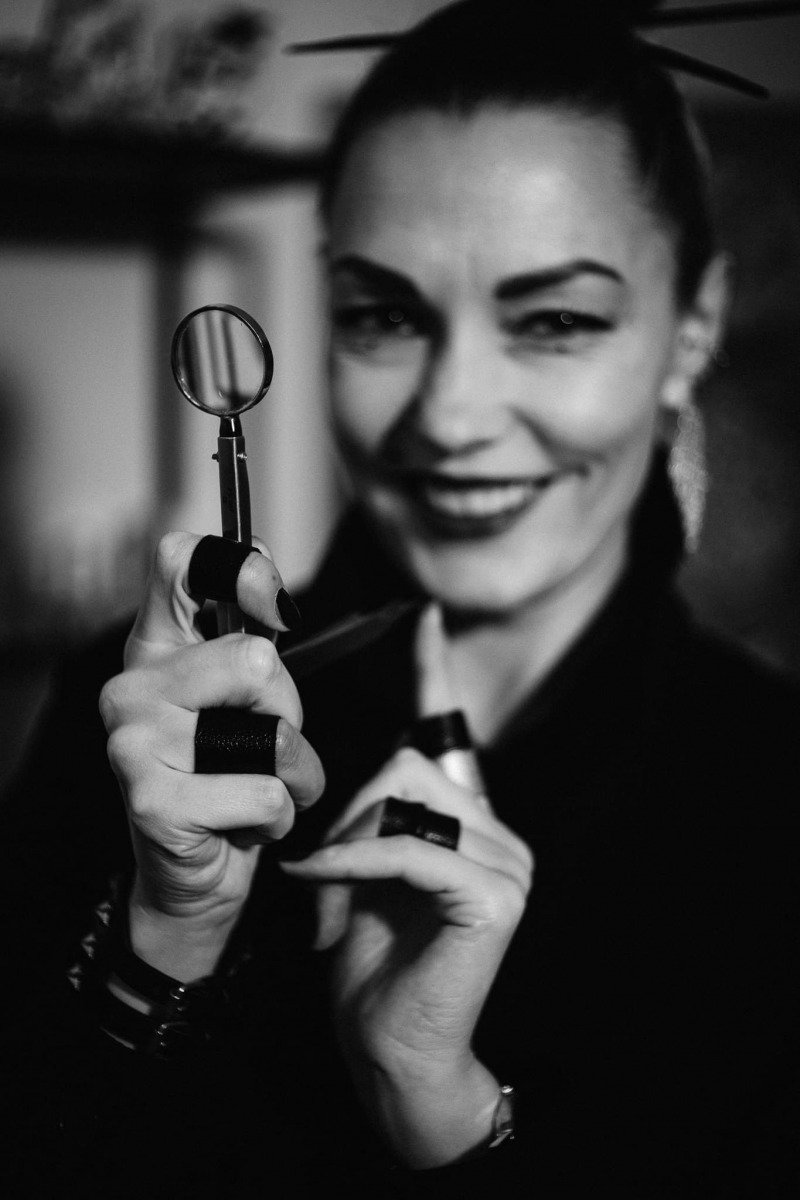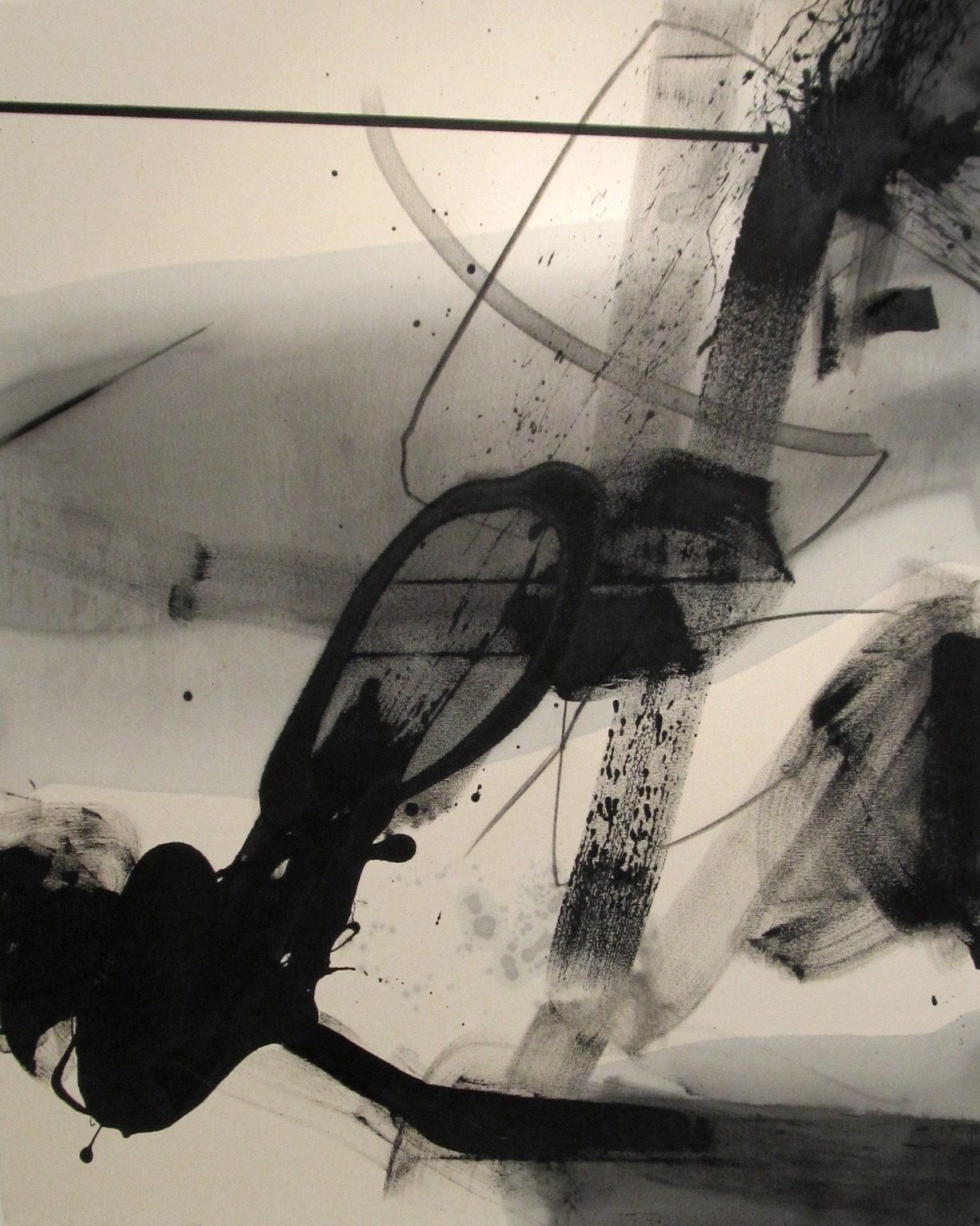WHAT IS BODY PIERCING?
Jewelry can be pierced into various areas of the body or face, using disposable tools, disinfectants, medical needles, gloves, sterile solutions, stainless steel jewelry and sterilized and disinfected medical instruments that comply with the requirements of the legislation and used in accordance with the terms of suitability for use and instructions for use.
WHAT AGE IS PIERCING AVAILABLE FROM?
Piercing services are available for adults. Persons under the age of 18 must provide written parental consent or parents signing a form in an art studio prior to piercing.
WHAT ARE THE POTENTIAL RISKS ASSOCIATED WITH JEWELLERY PIERCING?
For persons with the characteristics listed below, piercing procedures are not recommended:
1. Allergies to metals or jewelry;
2. Skin diseases, sinusitis;
3. Problems with clotting, anemia;
4. Blood diseases (hepatitis B, hepatitis C, HIV-causing AIDS);
5. General weakness of the body, immunity system disorders, avitaminosis;
6. Fever;
7. Alcoholism; The use of narcotic drugs;
8. Other individual diseases or medicines you are taking are known to you and your family doctor.
WHAT ARE THE POSSIBLE COMPLICATIONS AFTER PIERCING?
1. Allergic reactions (for used metal during piercing or other jewelry worn after healing);
2. Bacterial skin diseases;
3. Skin infections, inflammations, dermatitis, skin tear,
4. Grow in jewelry, skin discoloration, scarring, dry skin, discharge, rash;
5. Blood-borne diseases (hepatitis B, hepatitis C, HIV-causing AIDS).
WHAT ARE THE RECOMMENDATIONS FOR SKIN CARE AFTER PIERCING?
The open skin is an open wound that must be kept clean and protected from infections and possible breakdowns, since various bacteria live in many of our skin, environment or on the surrounding people. Depending on the type of skin and care, the skin or cartilage heals from 6 weeks to 6 months.
1. Wash your hands each time before touching the pierced place.
2. Wash the open area twice a day with antibacterial solution and water using a disposable swab or earpick. If a longer earring is inserted and can be pushed, one end of the earring is washed first, then the earring is pushed to the opposite side, than the other end of is washed. It is very important to thoroughly wash the dry discharges (that is, lymph from the wound, in which microorganisms can multiply). The piercing point must be rinsed with water and dried with disposable paper tissue.
3. Lubricate the surface of a pierced skin with a thin layer of cream or spray, which accelerates exchange of old tissue with new, has antibacterial effects and pain-suppressing indications. Talk to your pharmacist or piercing specialist for advice on the choice and use of the care tool. Throughout the healing period, use the remedy 1-2 times a day.
4. The piercing point should be clean, so make sure that cosmetics, creams, powders, etc. do not fall on it.
5. After getting a piercing in the oral cavity, rinse with oral rinsing fluid without alcohol 2 times a day for 30 seconds. It is also recommended to rinse the mouth every time after a meal, at least until the piercing has healed. Avoid very hot, spicy food and drinks, strong alcohol.
6. Swelling of the tongue can be reduced by cold: ice cream, cold drinks or by putting ice cubes on the swollen area. However, too much abuse of cold food and drink is not necessary, as in the case of colds, an additional infection will appear in the mouth, which can negatively affect the healing of the punctured place. With ice cubes cool the punctured place for the first 2 hours after piercing, and no more than once a day after piercing as you should not freeze the tongue.
7. For two weeks after the procedure of piercing avoid direct sunlight, do not use the sun beds.
8. During healing, do not soak yourself in the bath, a quick shower is recommended, do not visit the common baths, do not soak in swimming pools, rivers or lakes.
9. Until the pierced place has completely healed, do not change the jewelry. If you doubt if everything is fine, go to the piercing master who will have a look at your piercing and advise you. If the jewelry is too short (for example, the swelling was much larger than usual) you might need the help of a piercing master, as the pressed too short jewelry worsens the healing.
10. The care of the skin in the inverted places is the same as that of the exterior.
11. Do not touch pierced are with dirty hands or let other people touch it. Other people, even without knowing it, can be passive carriers of various infectious diseases.
12. In case of skin healing complications, immediately consult a piercing specialist or a dermatologist! Don't engage in self-healing!

